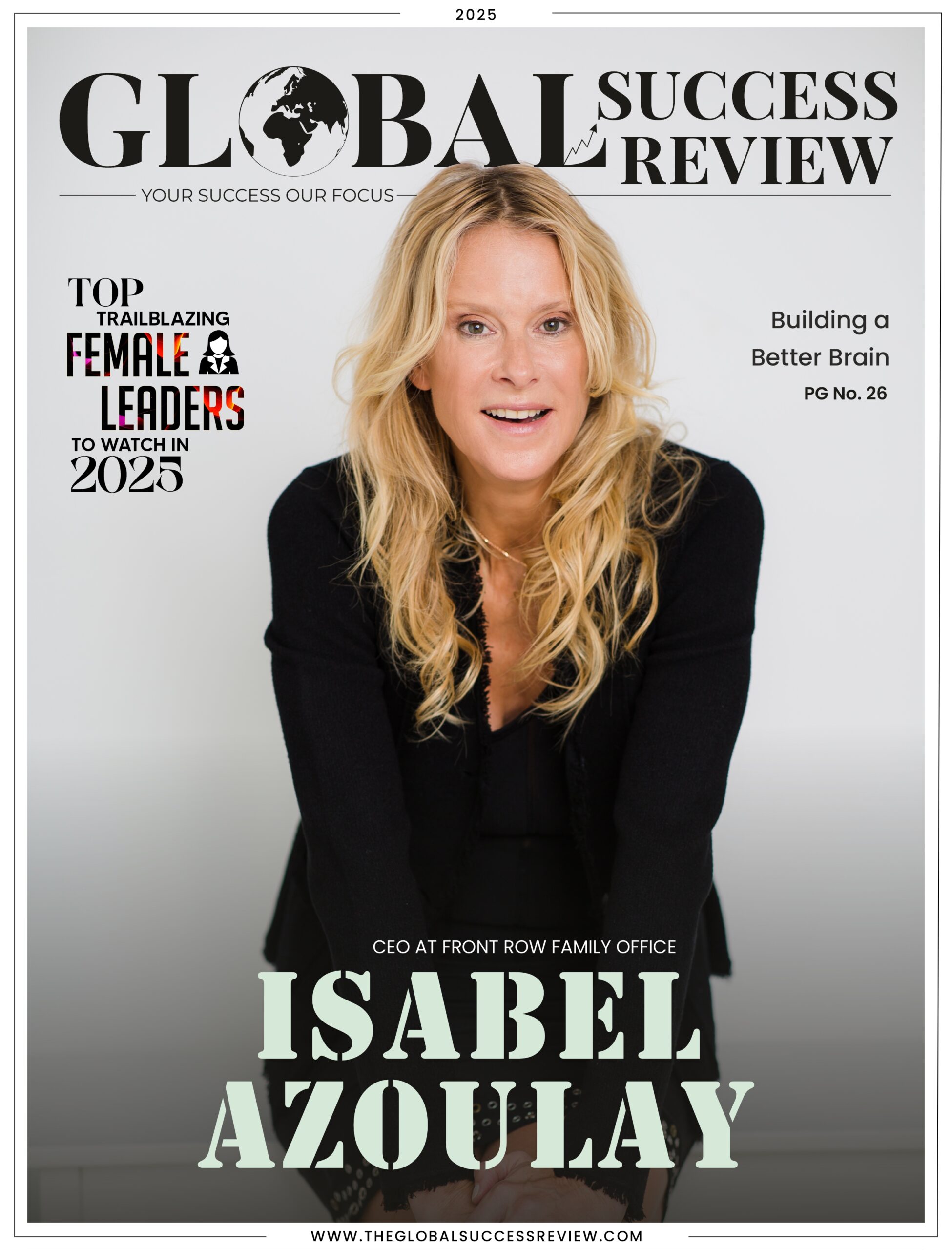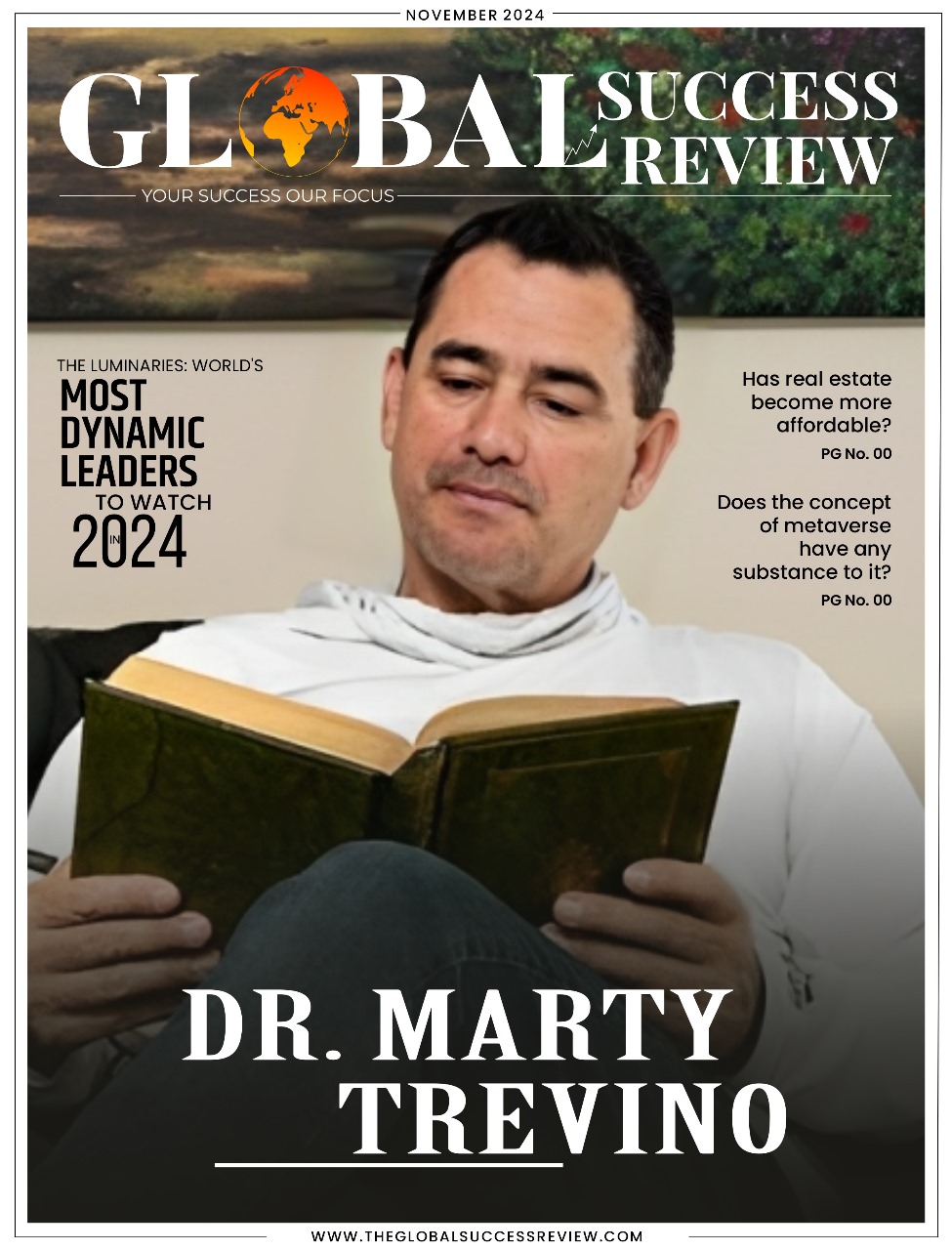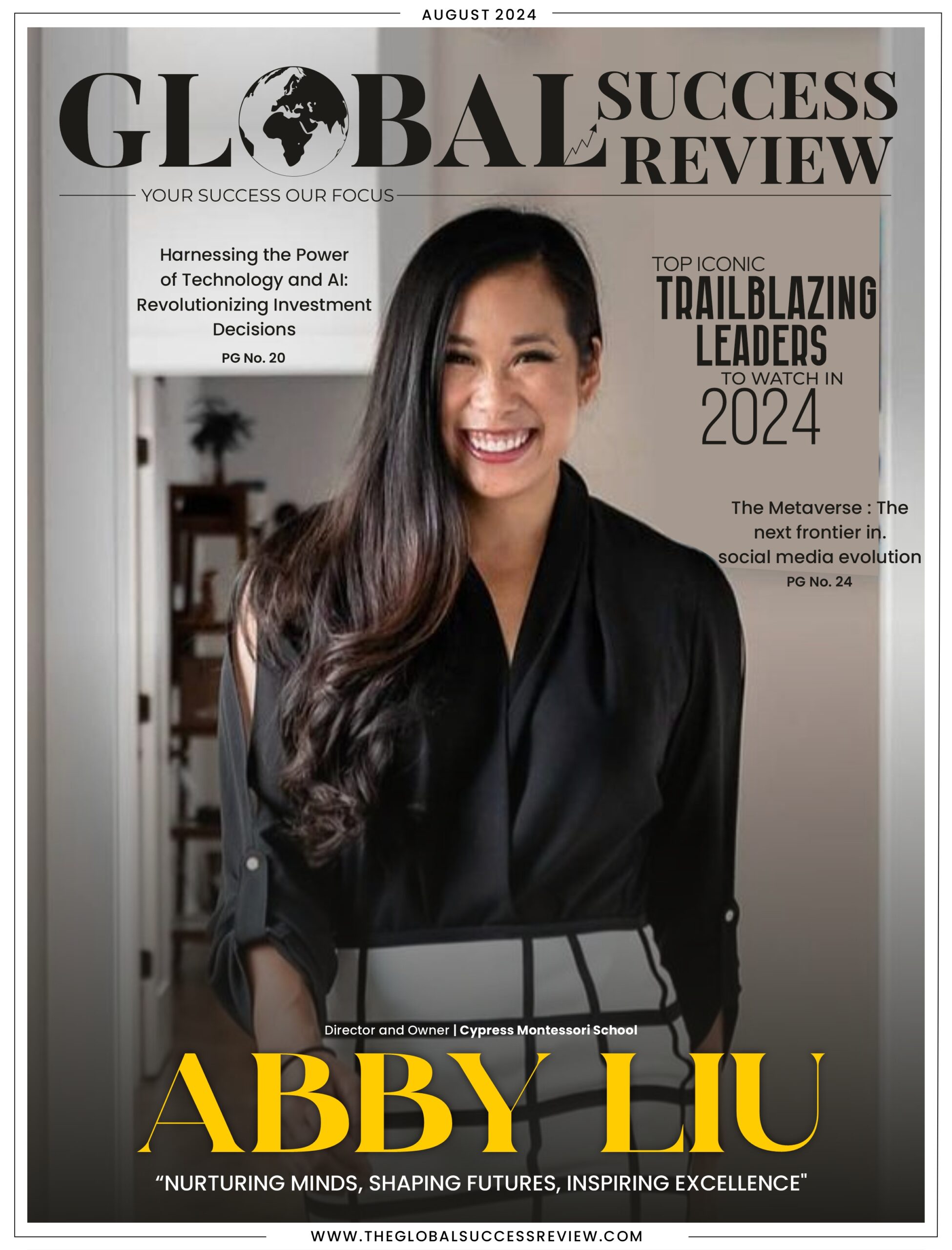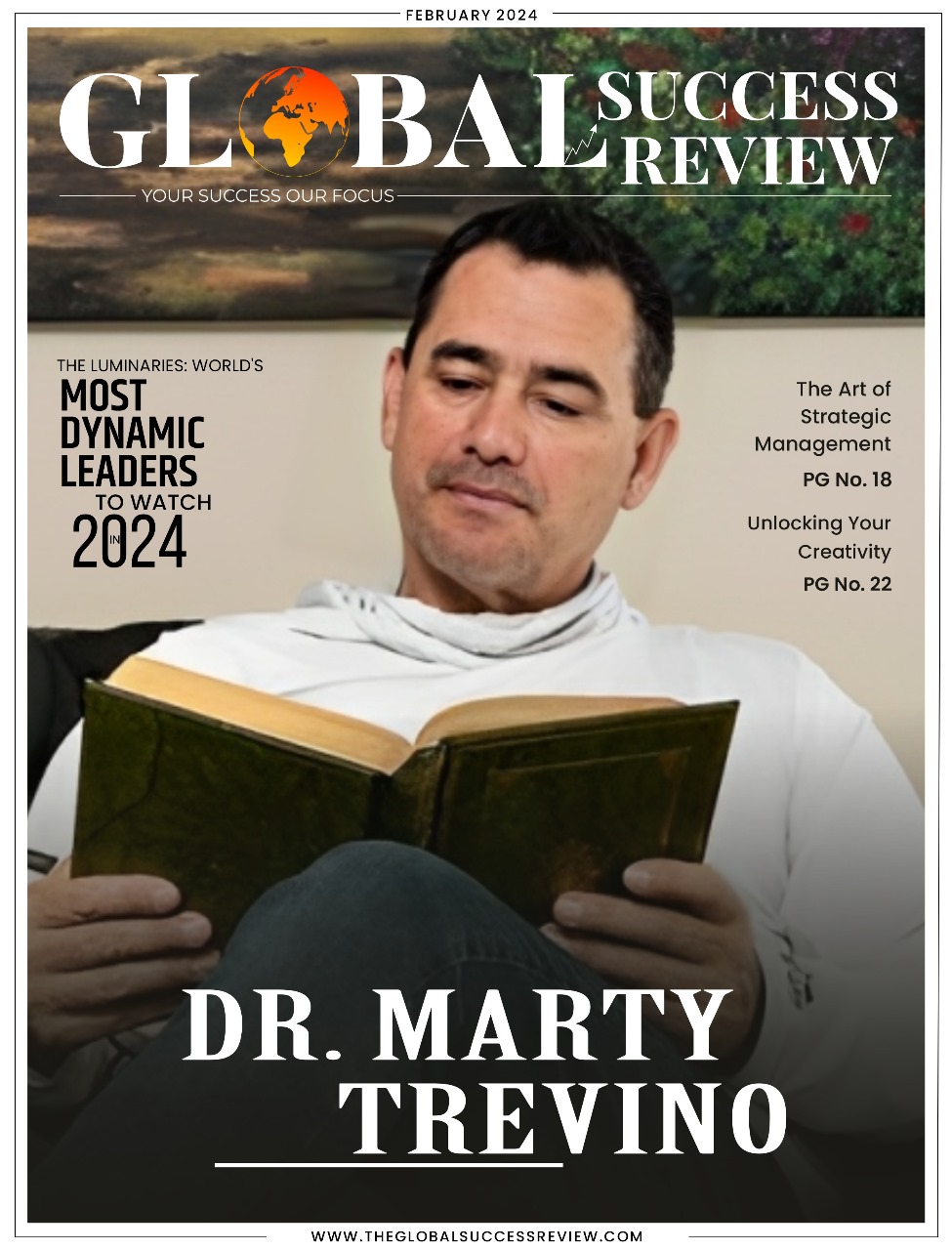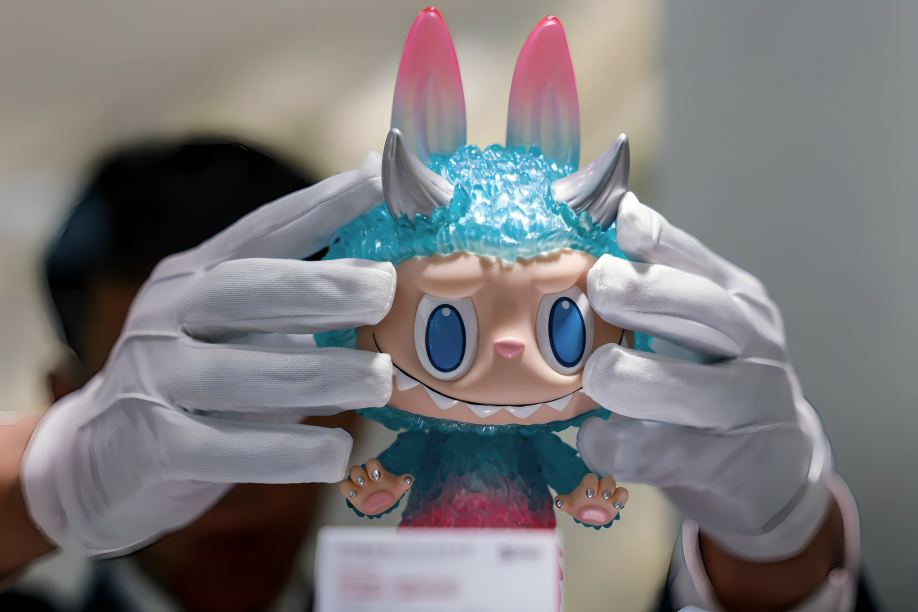In an unexpected twist in the world of collectible toys, China’s viral sensation, the Labubu figurine, has captured not only global consumer interest but also the attention of the country’s highest political voices. According to a recent commentary by Qiushi, the top theoretical journal of the Communist Party of China, the success of Pop Mart’s Labubu reflects a deeper transformation in the nation’s economic ambitions, from a manufacturer of low-end goods to a cradle of global innovation.
Labubu, with its wide-eyed, quirky design, is the brainchild of Hong Kong–born artist Kasing Lung and produced by Beijing-based Pop Mart. What began as a niche collectible has evolved into a cultural phenomenon, commanding attention not just across Asia, but in Western markets as well. Pop Mart’s revenue from overseas and the Hong Kong–Macau–Taiwan region soared by 375% last year, hitting 5 billion yuan (nearly US$695 million), and now accounts for almost 40% of the company’s total income.
Qiushi hailed the Labubu craze as a “vivid testament to Chinese companies’ commitment to long-term innovation,” comparing it to other homegrown global hits such as the video game Black Myth: Wukong and the animated film Ne Zha 2. The commentary praised China’s “robust innovation ecosystem” and declared that the “seeds of creativity are sprouting everywhere.”
Yet, with popularity comes challenges. The market has been flooded with counterfeit versions, cheekily dubbed “Lafufu” (with the “f” standing for “fake”). In manufacturing hubs like Dongguan and Yiwu, production of knock-off dolls has exploded, driven by overwhelming demand in both domestic and international markets.
Despite efforts by local authorities to crack down on piracy, grey-market manufacturers are finding ways to profit legally. In Yiwu, some businesses have shifted focus to producing unofficial accessories and apparel tailored for both Labubu and its counterfeit cousin. One such entrepreneur told local media her factory employs over 600 workers and produces up to 30,000 items a day, with demand particularly strong from Europe and the U.S.
As China pivots to a more innovation-driven economy, Labubu stands as a fascinating case study. It not only demonstrates the global potential of Chinese intellectual property but also highlights the growing sophistication of China’s soft power through creativity and design.
Whether Labubu will become the next Hello Kitty or remain a temporary trend remains to be seen, but for now, it’s clear: China’s creative industries are no longer playing catch-up. They’re setting trends of their own.
— End of News
By the Global Success Review Magazine Editorial Team


